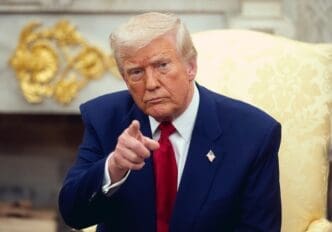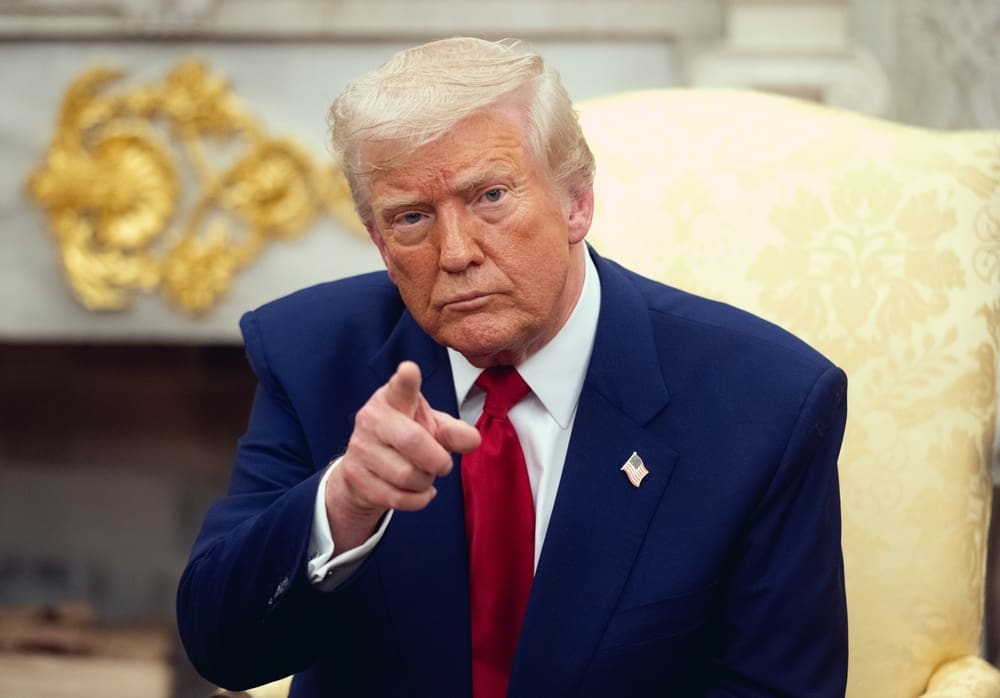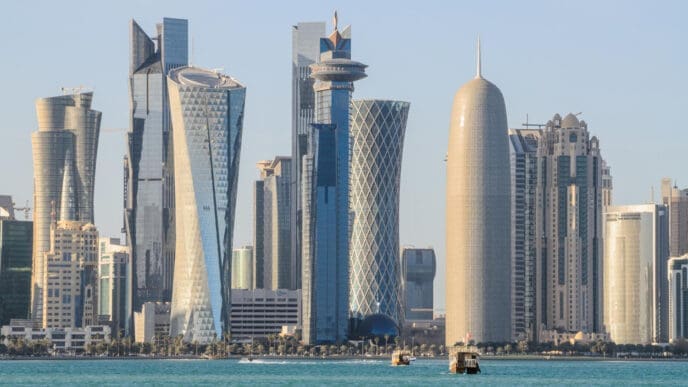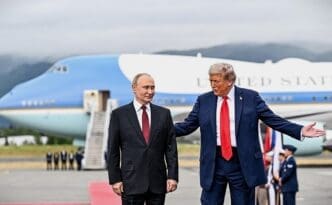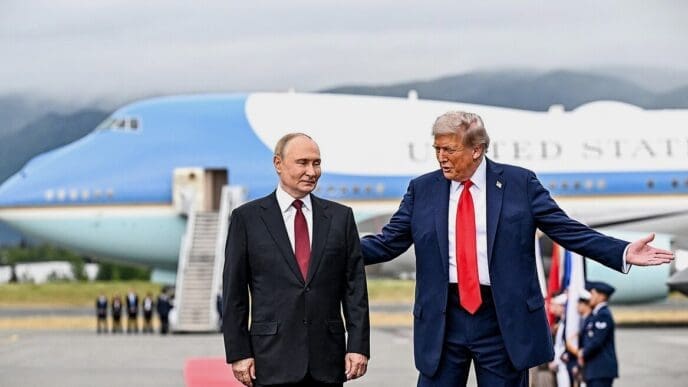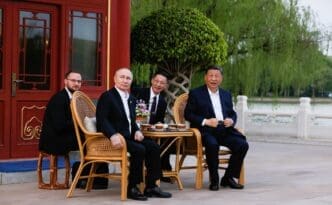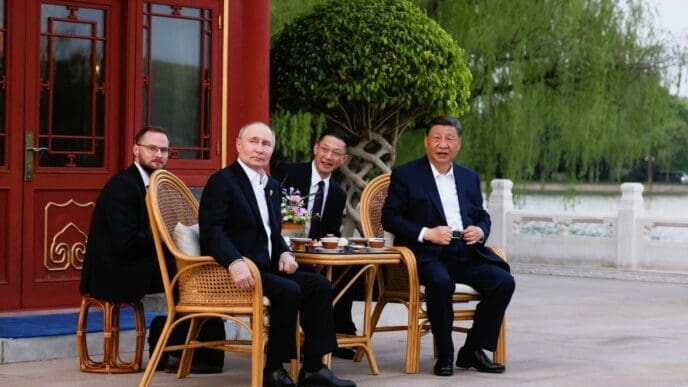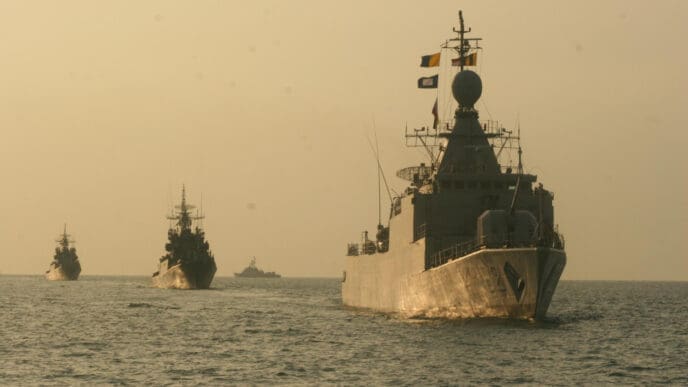Executive Summary
The Story So Far
Why This Matters
Who Thinks What?
US President Donald Trump hosted Ukrainian President Volodymyr Zelensky and a coalition of European leaders at the White House on Monday for a series of hastily arranged talks aimed at negotiating an end to Russia’s ongoing war in Ukraine. The rare diplomatic gathering focused on the critical issue of security guarantees for Ukraine and the potential for a peace settlement, with leaders emphasizing the urgency of aligning efforts to resolve the conflict.
Urgency of White House Meetings
The unscheduled nature of Monday’s talks, which saw presidents and prime ministers adjust their calendars to travel to Washington, was noted by diplomats as highly unusual. European officials indicated that this last-minute decision underscored both their desire to collaborate with Trump on peace efforts and their concern about being excluded from key discussions.
Security Guarantees and Potential US Troop Presence
A central theme of the discussions was the United States’ role in providing security guarantees for Ukraine. European leaders and President Zelensky sought clarity on the resources Trump would commit to ensuring that Russia could not regroup and pursue further territorial gains after a potential peace agreement.
In a significant development, President Trump did not rule out the possibility of sending US troops to Ukraine to maintain peace, stating there would be “a lot of help.” This stance marks a potential shift, given his past emphasis on keeping American forces out of foreign conflicts.
While Trump did not make a firm commitment, his openness to the idea could facilitate Zelensky’s agreement to other aspects of a proposed deal. Trump indicated that the specifics of “who will do what” regarding security guarantees would be discussed with other European leaders, later noting on Truth Social that guarantees “would be provided by the various European Countries, with a coordination with the United States of America.”
Pursuit of Trilateral Talks
One of President Trump’s primary objectives is to bring President Zelensky and Russian President Vladimir Putin together for negotiations, with himself present. He expressed confidence that such a meeting would occur, stating it was “when, not if.”
As the day concluded, Trump confirmed he had spoken with President Putin and began arrangements for a bilateral meeting between Putin and Zelensky at an undisclosed location. Following that, he stated, a trilateral meeting involving himself would take place.
Shift on Ceasefire Stance
President Trump’s altered position on an immediate ceasefire in Ukraine surprised European leaders during their discussions. Prior to his summit with President Putin last week, Trump had indicated that a ceasefire was a key objective and warned of “severe” consequences if it did not materialize.
However, after his meeting with Putin, Trump stated he no longer believed a ceasefire was necessary, preferring to proceed directly to negotiating a final peace deal. Despite German Chancellor Friedrich Merz urging him to reconsider, Trump maintained that an immediate ceasefire was “not happening” at this moment.
Improved Diplomatic Atmosphere
The atmosphere during President Zelensky’s meeting with President Trump was notably more cordial than their previous encounter in February. The Ukrainian side reportedly made efforts to ensure positive talks, with Zelensky expressing gratitude multiple times and presenting a letter from his wife to Melania Trump.
Zelensky also wore a suit, a departure from the military uniform he wore during their last meeting, which was reportedly a point of displeasure for Trump. The two leaders even exchanged jokes about the attire, and Trump’s delegation remained silent throughout the meeting, contrasting with the February fracas.
The series of high-stakes meetings underscores the complex diplomatic efforts underway to navigate an end to the conflict in Ukraine, with the roles of key international players and the modalities of future security arrangements remaining central to the discussions.

